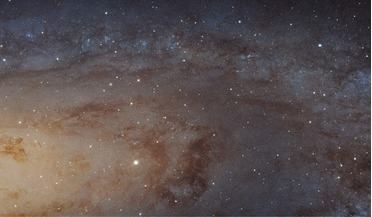 October 2016
The dwarf galaxy problem
October 2016
The dwarf galaxy problem
... are shown in red with big features labelled. The red dappling shows the noise in the cube. Figure 4 - All of the discrete clouds detected. The black outline shows the gas disk of M33. All of the clouds are colour coded according to their velocity...
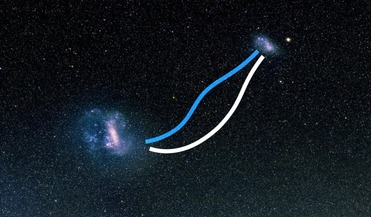 08 February 2017
Bridge between the Magellanic Clouds discovered
08 February 2017
Bridge between the Magellanic Clouds discovered
... these regions find it easy to leave the satellite and begin orbiting the host. As more stars leave the satellite, they leave a trace on the sky that reveals the satellite's orbit. "Stellar streams around the Clouds were predicted but never observed...
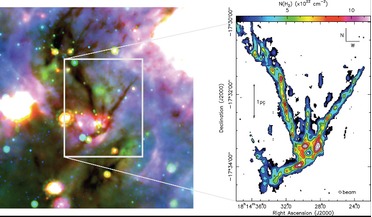 10 July 2017
First glimpse at how gravity effects star formation
10 July 2017
First glimpse at how gravity effects star formation
... of four filaments converging on a central hub, have captured the effects of gravity on ammonia gas moving within the cloud to show how the swirling motion of gas aids in the star formation process. It has been known for some time that stars...
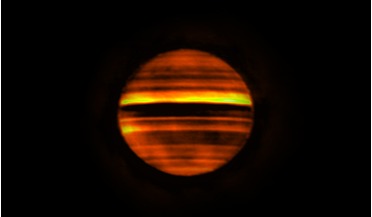 23 August 2019
Energetic eruption helps astronomers peer deep within Jupiter's atmosphere
23 August 2019
Energetic eruption helps astronomers peer deep within Jupiter's atmosphere
... power enabled scientists working with the array to make a three-dimensional map of the distribution of ammonia gas below the clouds. “For the first time, we were able to study the atmosphere below the ammonia cloud layers after an energetic eruption...
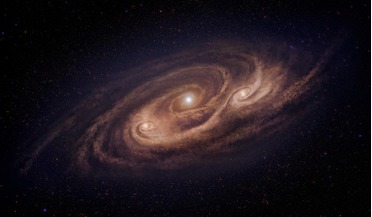 30 August 2018
Unstoppable monster galaxy puzzles and enlightens astronomers
30 August 2018
Unstoppable monster galaxy puzzles and enlightens astronomers
... overly active star formation is that the clouds throughout the galaxy are very unstable, which is not normally the case. Gas clouds keep in equilibrium as long as the inward force of gravity is matched by the outward force of pressure. Once gravity...
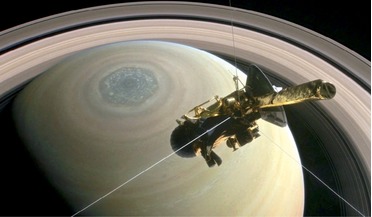 October 2017
Cassini observations open up Saturn’s atmosphere
October 2017
Cassini observations open up Saturn’s atmosphere
... condensation of water), and gases and fresh cloud material dredged up from the deeper atmosphere. Once at the cloud tops, the new material is blown around the planet by the prevailing winds, creating a storm system that evolves from a single white...